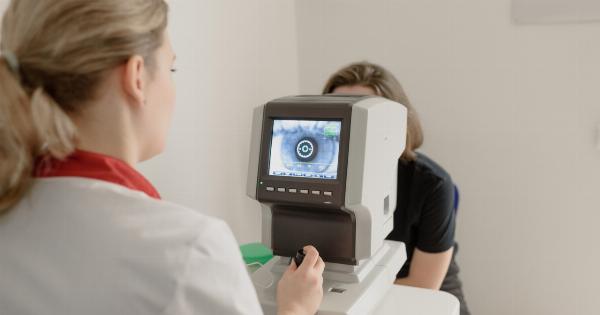An ophthalmological check-up is an examination conducted by an ophthalmologist to diagnose and prevent eye diseases. During the check-up, the doctor examines both external and internal parts of the eye to identify any abnormalities.
Early diagnosis and treatment of eye diseases are crucial in preventing vision loss or blindness. Here are some of the most common eye diseases to look for during an ophthalmological check-up.
1. Cataracts
Cataracts are one of the most common eye diseases that an ophthalmologist checks for during an eye examination. Cataracts occur when the natural lens of your eye becomes cloudy, making it difficult to focus.
Cataracts usually develop gradually and can cause a variety of symptoms including blurry vision, glare, double vision, and difficulty seeing at night. Cataracts can be treated with surgery which involves removing the cloudy lens and replacing it with an artificial lens.
2. Glaucoma
Glaucoma is a group of eye diseases that cause damage to the optic nerve, which sends visual signals from the eye to the brain. This damage can lead to vision loss and blindness.
The most common type of glaucoma, called open-angle glaucoma, develops slowly and usually does not cause symptoms until later stages. However, acute angle-closure glaucoma can cause sudden and severe vision loss, pain, redness, and nausea. Early diagnosis and treatment, usually through eye drops or surgery, can prevent or slow the progress of glaucoma.
3. Macular Degeneration
Macular degeneration is a common eye disease that affects people over the age of 50. It is caused by the deterioration of the macula, the area of the retina responsible for central vision.
This makes it difficult to see fine details, read, recognize faces, and drive. There are two types of macular degeneration: dry and wet. The dry type is more common and progresses slowly, while the wet type can cause rapid vision loss and requires prompt treatment with injections or laser therapy.
4. Diabetic Retinopathy
Diabetic retinopathy is a complication of diabetes that affects the blood vessels in the retina, the light-sensitive tissue at the back of the eye. The condition can cause the blood vessels to leak or bleed and lead to vision loss or blindness.
People with diabetes should have regular eye exams to check for diabetic retinopathy. Treatment includes controlling blood sugar levels, laser surgery, or injections into the eye.
5. Conjunctivitis
Conjunctivitis, also known as pink eye, is an inflammation of the conjunctiva, the thin, clear tissue that covers the white part of the eye and the inside of the eyelids. The condition can be caused by bacteria, viruses, allergens, or irritants.
Conjunctivitis can cause redness, itching, discharge, and tearing. Treatment depends on the cause of the condition and may include eye drops or antibiotics.
Conclusion
Ophthalmological check-ups are essential in identifying and treating eye diseases. The above eye diseases are just some of the conditions that an ophthalmologist checks for during an eye exam.
Early diagnosis and treatment can prevent vision loss, so it is recommended that you have regular eye exams if you have risk factors for any of these conditions. Remember, your eyes are an essential part of your body, so take good care of them.


























